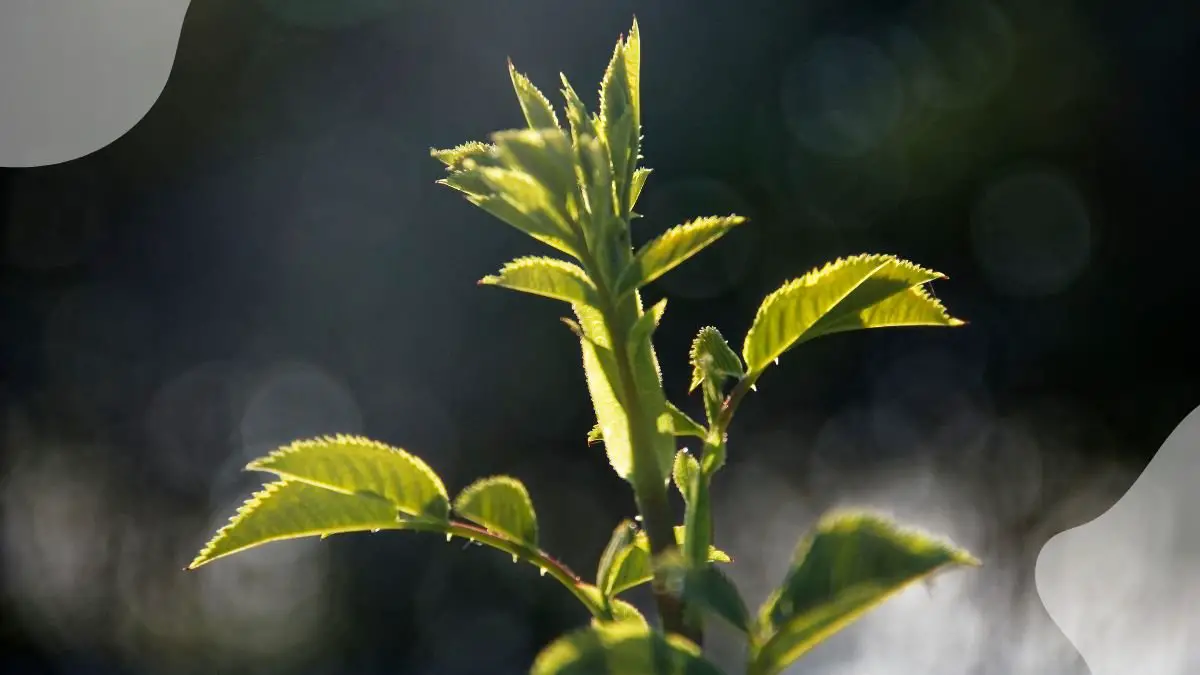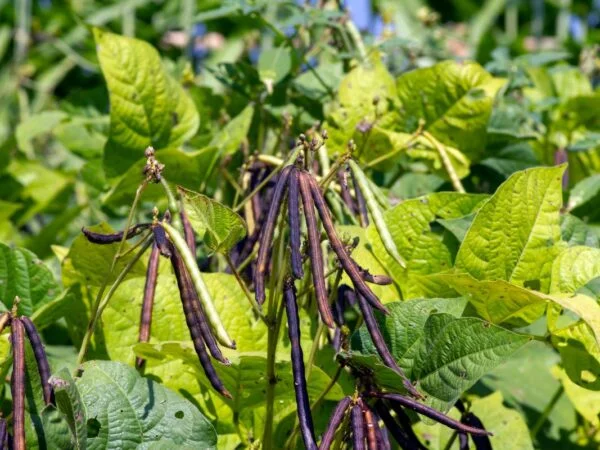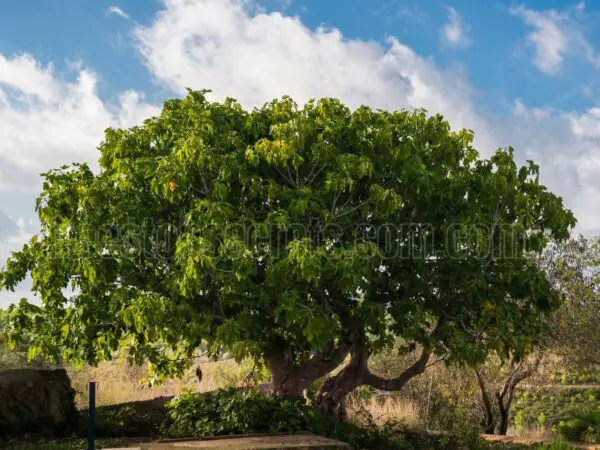Did you know that a rose bush without flowers can be a common issue for gardeners, impacting the overall beauty of the garden? Fear not, as we delve into the reasons behind this phenomenon and explore effective solutions to bring those vibrant blooms back to your garden. From understanding the crucial factors affecting blooming to practical tips on nurturing your rose bushes, this guide covers it all. Whether you're a seasoned gardener or just starting, unlocking the secrets to reviving your rose bush's bloom will elevate your gardening game and add a touch of color and charm to your outdoor space.
Identifying Non-Blooming Causes
Wrong Location
Relocate the rose bush to a spot with at least 5 hours of sunlight daily. Check for any obstructions blocking sunlight. Ensure good air circulation for environmental stress prevention.
Poor Soil Conditions
Test soil pH for rose bush suitability. Amend soil with organic matter for drainage improvement and nutrient availability. Avoid high-nitrogen fertilizers hindering blooming.
Incorrect Pruning
Learn proper pruning techniques for blooming encouragement. Remove dead or diseased canes for new growth and blooms. Avoid over-pruning to prevent rose bush stress.
Lack of Deadheading
Regularly deadhead spent blooms to stimulate new flowers. Use sharp pruning shears for damage-free deadheading. Deadhead back to the first set of five leaflets for new bud encouragement.
Water and Nutrition Factors
Inadequate Watering
To ensure deep root growth, water the rose bush deeply but infrequently. Adjust watering based on weather conditions to prevent stress. Consider a drip irrigation system for consistent moisture.
Environmental Stress
Shield the rose bush from strong winds to protect blooms and foliage. Mulch around the base for soil temperature regulation. Provide shade during hot days to prevent damage from extreme temperatures.
Excessive Fertilization
Use a balanced fertilizer for roses, avoiding excessive foliage growth. Follow dosages and timings for optimal results. Apply sparingly to avoid compromising bloom production.
Health and Pest Issues
Unattended Pests
Inspect your rose bush regularly for signs of insect infestation, such as aphids or spider mites. These pests can damage the plant if left unchecked. Utilize natural predators like ladybugs to keep pest populations in check. They feed on aphids and other harmful insects, maintaining a healthy balance in your garden. Consider implementing organic pest control methods to avoid harming beneficial insects like bees and butterflies. These methods include using neem oil or insecticidal soap to deter pests effectively.
- Pros:
- Natural pest control methods are environmentally friendly.
- Ladybugs can be a charming addition to your garden while also serving a practical purpose.
- Cons:
- Organic pest control methods may require more frequent applications than chemical pesticides.
- It may take time for natural predators to establish themselves in your garden.
Untreated Diseases
Identify common rose diseases like powdery mildew and black spot early to prevent them from spreading. Powdery mildew appears as a white powdery substance on leaves, while black spot causes dark spots with yellowing around them. Treat fungal infections promptly with appropriate fungicides recommended for roses, following the label instructions carefully. Practice good sanitation by removing fallen leaves from around the rose bush. This helps prevent the spread of diseases and reduces the chances of reinfection.
- When detecting signs of powdery mildew or black spot, act quickly to prevent further spread.
- Regularly prune your rose bush to improve air circulation and reduce the risk of fungal diseases.
Fixing Non-Blooming Issues
Adjusting Location
Assess your rose bush's current spot for sunlight exposure and air circulation. Opt for a new location with improved light conditions and wind protection. Ensure the soil in the new spot drains well to avoid waterlogging.
Improving Soil
Test the soil's pH and nutrient levels to identify any deficiencies affecting blooms. Enhance the soil quality by adding compost or aged manure. Consider incorporating organic soil amendments to boost fertility and improve structure.
Pruning Techniques
Familiarize yourself with various pruning cuts, such as heading and thinning, to stimulate flowering shoots. Prune during late winter or early spring to eliminate dead or weak canes. Use sharp, sanitized tools to prevent disease transmission while pruning.
Deadheading Practices
Remove spent blooms through deadheading to redirect energy towards new flower production. Trim faded flowers just above a leaf with five leaflets for optimal results. Maintain a consistent deadheading routine throughout the flowering season for a continuous display of blooms.
Watering and Feeding Tips
Watering Guide
To ensure rose bush without flowers develop strong roots, water deeply but infrequently. This encourages roots to grow deep into the soil for better stability. Adjust watering frequency according to weather conditions and soil moisture levels. If it's rainy or humid, reduce watering to prevent over-saturation.
Water your rose bushes in the morning whenever possible. This timing allows the foliage to dry out before evening, reducing the risk of diseases like powdery mildew and black spot. Wet leaves during the night can create a breeding ground for fungal infections, affecting flower growth negatively.
Fertilization Strategies
For promoting flower growth in rose bushes, use a balanced fertilizer specifically formulated for roses. These fertilizers contain essential nutrients like nitrogen, phosphorus, and potassium necessary for healthy plant development. Apply the fertilizer in early spring when new growth begins and again after the first bloom cycle to support continuous blooming throughout the season.
Over-fertilizing your rose bushes can have adverse effects on flower growth. Excessive nitrogen from fertilizers can lead to vigorous foliage growth at the expense of blooms. This imbalance can result in lush green leaves but fewer flowers. It is crucial to follow the recommended dosage on the fertilizer packaging to prevent nutrient imbalances.
Pest and Disease Management
Pest Control
To maintain healthy rose bushes without flowers, regularly check for pests such as aphids and spider mites. Introducing beneficial insects like ladybugs can help control pest populations naturally. For organic pest control, consider using insecticidal soaps or neem oil.
- Pros: Natural pest control methods are environmentally friendly.
- Cons: Beneficial insects may not completely eradicate pest infestations.
Disease Treatment
Early identification of common rose diseases like rust and botrytis blight is crucial for effective treatment. When dealing with fungal infections, use fungicides specifically approved for roses. Ensure good garden hygiene by promptly removing and disposing of infected plant parts.
- Monitor rose bushes for signs of pests regularly.
- Introduce beneficial insects like ladybugs for natural pest control.
- Use insecticidal soaps or neem oil for organic pest management.
- Identify common rose diseases early on.
- Treat fungal infections with approved fungicides.
- Practice good garden hygiene to prevent disease spread.
Enhancing Indoor Displays
Choosing Indoor Roses
When selecting rose varieties for indoor cultivation, opt for those that thrive in indoor growing conditions. Look for miniature or compact roses that adapt well to limited indoor spaces. Ensure adequate sunlight and humidity levels for optimal growth.
- Choose rose varieties suited for indoor environments
- Opt for miniature or compact roses
- Provide sufficient sunlight and humidity
Care for Indoor Roses
Place indoor roses in a sunny location where they can receive at least 6 hours of sunlight daily. Maintain consistent humidity levels by regularly misting the leaves. Keep an eye on your indoor roses for pests and diseases, promptly addressing any issues that arise.
- Ensure at least 6 hours of sunlight daily
- Mist leaves to maintain humidity levels
- Monitor and treat pests or diseases promptly
Closing Thoughts
Now that you have a better understanding of why your rose bush might not be blooming and how to address the issues, you can take action to revive its beauty. By identifying the root causes, providing proper care, and managing pests effectively, you can ensure your rose bush thrives and produces vibrant blooms. Remember to water and feed it adequately, monitor its health regularly, and create an optimal environment for growth.
Take charge of your gardening journey by implementing the tips and techniques shared in this guide. Your commitment to nurturing your rose bush will not only bring back its flowers but also reward you with a stunning display that brightens your space. Keep learning and experimenting to become a skilled gardener who enjoys a flourishing garden all year round.
Frequently Asked Questions
How can I identify the reasons for my rose bush not blooming?
To identify why your rose bush isn't blooming, consider factors like sunlight exposure, pruning practices, soil quality, and any signs of pests or diseases on the plant.
What are some essential watering and feeding tips for a non-blooming rose bush?
Ensure your rose bush receives adequate water, especially during dry periods. Use a balanced fertilizer with proper nutrients for flowering plants to encourage blooming in your rose bush.
How should I manage pests and diseases affecting my non-blooming rose bush?
Regularly inspect your rose bush for any signs of pests like aphids or diseases like powdery mildew. Treat issues promptly with appropriate organic or chemical solutions to ensure healthy blooming.
What are effective ways to enhance indoor displays of blooming roses?
For indoor displays, choose a sunny location, maintain proper humidity levels, provide adequate airflow, and use a well-draining potting mix. Regularly deadhead spent blooms to encourage continuous flowering indoors.
How can I fix non-blooming issues with my rose bush effectively?
Address non-blooming issues by adjusting watering and feeding practices, ensuring proper sunlight exposure, identifying and treating any pest or disease problems promptly, and providing necessary care based on the specific needs of your rose bush.
Image Source: Paid image from CANVA





